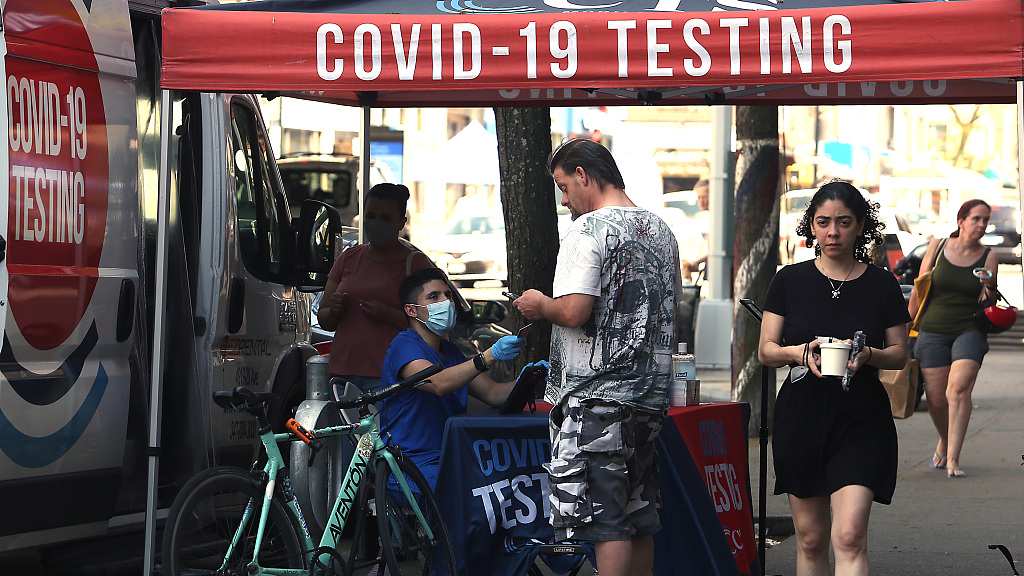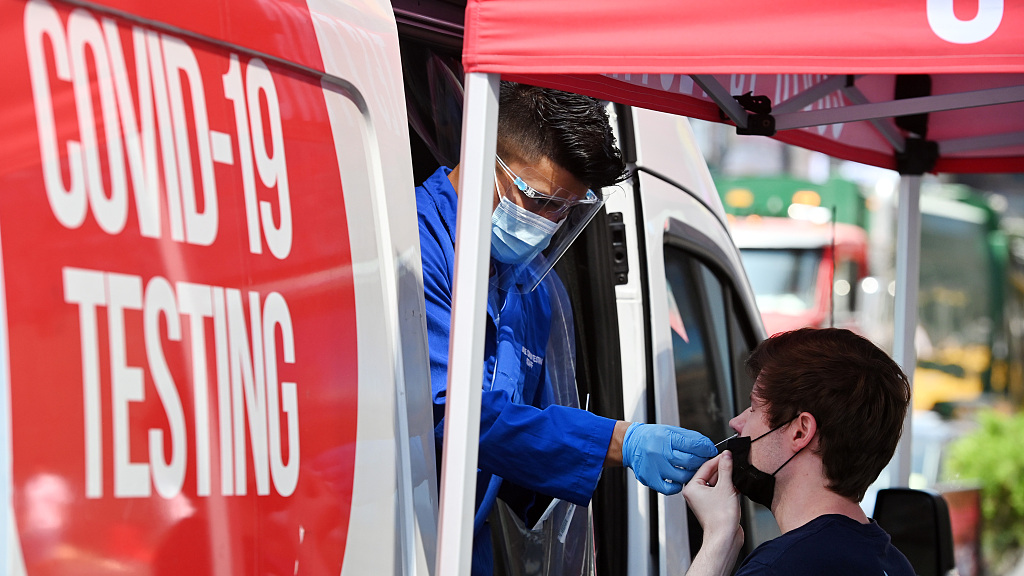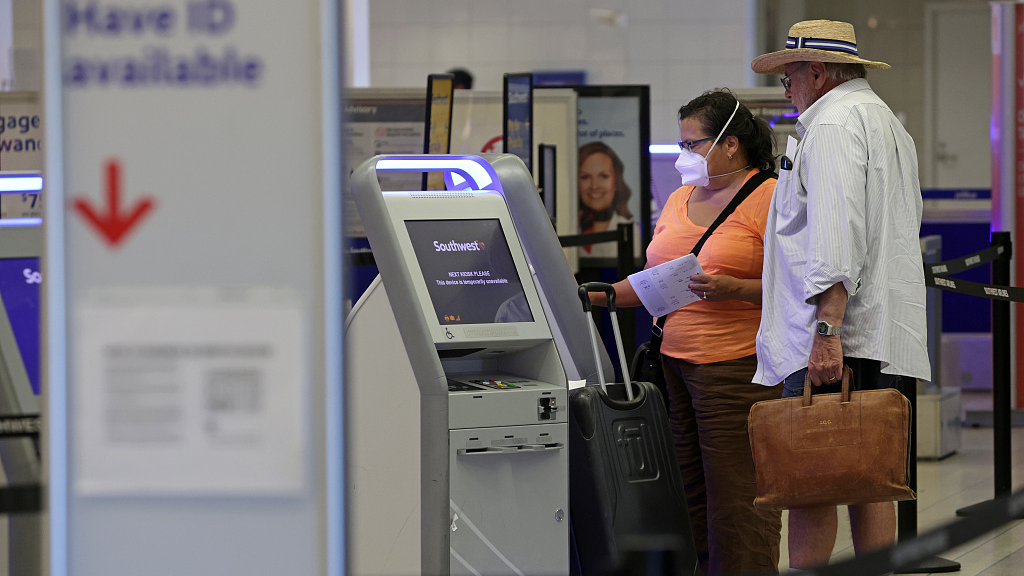
A COVID-19 testing site in New York City, U.S., May 31, 2022. /CFP
A COVID-19 testing site in New York City, U.S., May 31, 2022. /CFP
"Long COVID", marked by symptoms lasting three months or more, is an issue faced by millions of people in the U.S., and it's creating problems for both businesses and employees.
According to the U.S. Census Bureau, around 16 million working-age Americans have long COVID, of which 2 to 4 million are out of work due to it, noted Katie Bach, a nonresident senior fellow at the Brookings Institution.
Lost wages amount to around $170 billion a year, and "these impacts stand to worsen over time if the U.S. does not take the necessary policy actions," Bach wrote in an analysis.
Charles Gill, 41, a teacher in Pennsylvania, had COVID-19 a few months back. While many of his friends only had symptoms for a few days, his have lingered a few months.
"I recovered but I'm still tired a lot," he said, adding that he hopes the situation will resolve.
U.S. Fed study on long COVID
A study by the Federal Reserve Bank of Minneapolis found that 24 percent of people who have contracted COVID-19 experienced symptoms for three months or more.
Ashish Jha, the White House COVID-19 response coordinator, said in a recent briefing that according to the U.S. Centers for Disease Control and Prevention, around 70 percent of Americans have contracted COVID-19.
If 24 percent of those have long COVID, that means 34 million working age Americans have had long COVID at some point, Bach argued.
The U.S. Fed study found that 50 percent of respondents had recovered from long COVID, which Bach said means 17 million people may currently have long COVID.

Getting a COVID-19 test in New York City, U.S., July 15, 2022. /CFP
Getting a COVID-19 test in New York City, U.S., July 15, 2022. /CFP
Impacts on U.S. workforce
The Fed study also found that nearly 26 percent of those with long COVID have had an impact on their work, either rendering them unemployed or reducing their hours.
Britain's Trades Union Congress, meanwhile, found that 20 percent of people with long COVID were not working, and an additional 16 percent were working reduced hours, Bach noted.
A study from medical journal The Lancet also found that 22 percent of people with long COVID were not able to work, and 45 percent had to cut their working hours.
Brookings Institution Senior Fellow Darrell West said that long COVID will have an impact on the labor force "because it will push some people into long-term care issues and keep them out of the workforce."
"Employers will have to figure out how to handle those cases and ways to pay for their long-term medical needs. The pandemic isn't over, but will continue to resonate for months to come," West said.

Passengers check in at Philadelphia International Airport, U.S., September 2, 2022. /CFP
Passengers check in at Philadelphia International Airport, U.S., September 2, 2022. /CFP
Economic cost of long COVID
David Cutler, an economics professor at Harvard University, recently estimated that the total cost of long COVID is $3.7 trillion. Nearly 60 percent of the cost ($2.2 trillion) accounts for lost quality of life; the remainder is reduced earnings ($1 trillion) and greater medical spending ($528 billion).
The post-pandemic labor force participation rate, the rate at which people are in the workforce, remains low, and long COVID may be a contributing factor, said Barry Bosworth, senior fellow at the Brookings Institution.
The August employment report showed that the labor force participation rate increased 0.3 percentage point over the month to 62.4 percent, still 1.0 percentage point below its pre-pandemic level.
Prevention and treatment
Bach argued that more accessible prevention and treatment options were needed, among other things. But even with more options, individuals will continue to get infected, and some will acquire long COVID.
She also listed several other critical government interventions that can reduce the economic burden of long COVID: expanded paid sick leave, improved workplace accommodations, wider access to disability insurance, and enhanced data collection on long COVID's economic effects.
Recently, the White House released its National Research Action Plan on Long COVID, while the Congress marked $1.15 billion for funding to the National Institutes of Health, for the organization to study long COVID.
Read More:
Real threat of 'long COVID': Eased control, reinfections and more
(With input from Xinhua)

